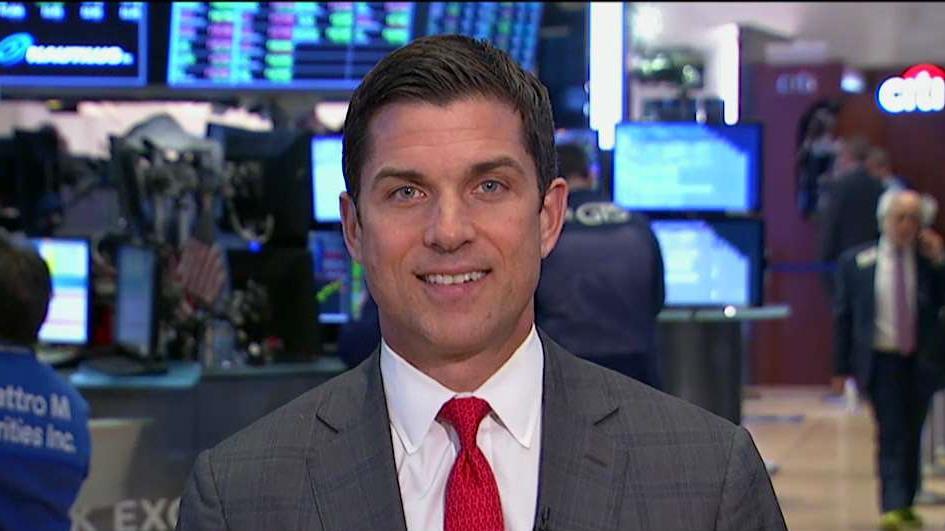Volatility is back: What it means for investors
Stock volatility, dormant for more than year, is back with a vengeance, and some investors say shaking the complacency out of the market is a good thing and can result in an overall healthier market poised for future gains.
The Chicago Board Options Exchange’s volatility index, known as the VIX, spiked above 50 for the first time since Aug. 24, 2015, the day of the infamous Flash Crash. Based on a range of S&P 500 Index options, the VIX is used as a proxy for market risk and is sometimes known as a “fear gauge” for investors.
The S&P 500 tumbled on Friday and Monday on speculation that U.S. economic strength will encourage the Federal Reserve to boost interest rates at a faster-than-expected pace. The index then had sharp swings Tuesday.
That mixed session came after the Dow Jones industrial average opened in correction territory. A correction is often defined as a drop of 10% or more from a recent high.
On Friday, the Labor Department reported that employers added more jobs in January than economists had forecast. Wage growth accelerated in January to the fastest yearly pace since the last recession.
“Inflation on a 12‑month basis is expected to move up this year and to stabilize around the committee's 2% objective over the medium term,” the Federal Reserve wrote in its Jan. 31 policy statement.
For the first weeks of 2018, the VIX was trading in a tight range near all-time lows, which some analysts interpreted as a sign of market complacency.
This story has been updated 2-6-18.

